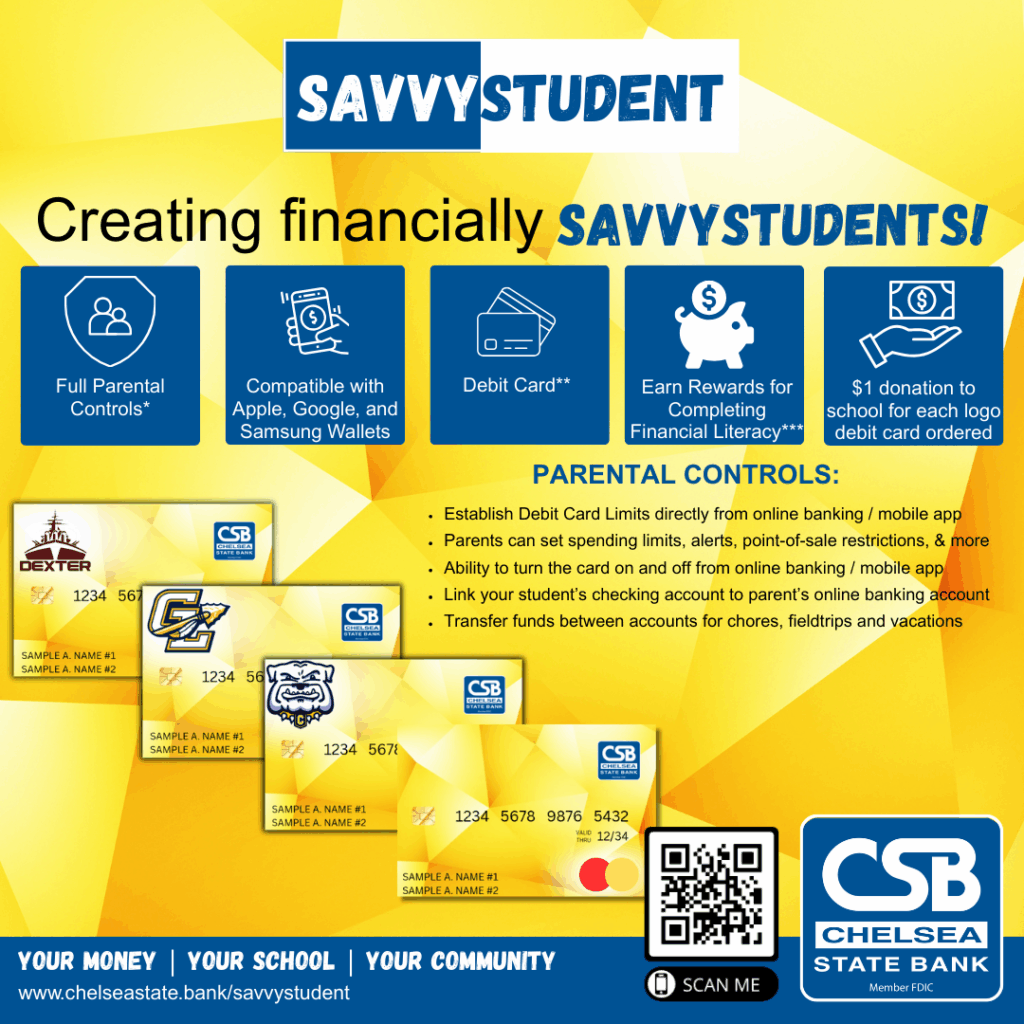
In a world where most of us are using some form of credit, we often have both secured and unsecured loans. But we rarely stop to consider the difference…until we are asked to secure collateral…or we just have an inquiring mind! Do you find yourself wonder what is the difference between secured and unsecured loans? Here’s the answer you’re looking for…
Secured Loans
The major difference between a secured and unsecured loan is collateral.
Collateral is something you own that you are willing to give up if you are unable to repay your loan. Typical examples of collateral are your home, auto, other property, and investments.
The two most common secured loans are for:
- Homes
- Autos
The difference between secured and unsecured loans is that secured loans require some form of collateral as a promise to repay the debt. As a result, secured loans can be for higher loan amounts. Secured loan rates are usually lower; again because of the collateral secured. If you fail to make your payments, the bank will come and get the collateral. Ever hear of the terms “repossessed car” or “home foreclosure?” These are classic examples of borrowers failing to make their payments and the bank taking back the property or collateral.
Secured loans usually are for the purchase of something like a home or a car, but also can be used for other purposes such as debt consolidation using a car title for example.
Secured loans also have longer repayment options, such as 72-month car loans and 30-year fixed mortgages.
Unsecured Loans
Because unsecured loans do not require collateral, these loans are typically smaller, to minimize the risk. Because of the difference between secured loans and unsecured loans, unsecured loans have higher rates due to the risk of default being higher. And unsecured loans have shorter terms for repayment such as 2 to 3 years.
There are many more examples of unsecured loans because we live with this type of credit daily. Here are a few of the most common unsecured loans:
- Credit cards
- Student loans
- Utility bills
- Medical bills
When an unsecured loan goes into default because the borrower fails to pay, and there is no collateral for the bank to repossess, banks will use other collection methods, such as their own credit departments or turning the debt over to debt collectors. In some cases, banks can ask the court to seize assets, put a lien on an asset the borrower has so they can’t sell it without paying the debt, or the bank or court can garnish wages if this is legal in your state.
We are all bombarded with credit requests daily whether in our local department stores for an extra percent off, in the mail for another credit card that is interest free for 12 months, or on television – “What’s in your wallet?” Always make sure you know the terms of your loans, and specifically how the difference between secured and unsecured loans affects those terms. The best practice – only borrow money that you can pay back!



